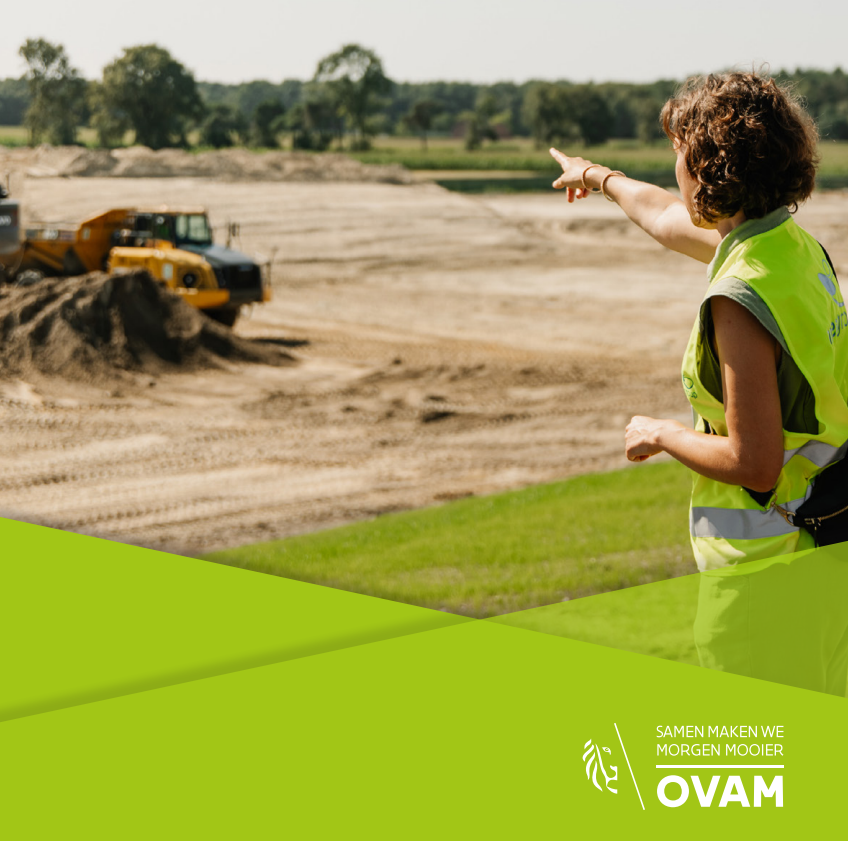What was missing, however, was a clear starting point: how could this technology be applied in their context, and how could they evaluate its potential in a structured way? Together with MbarQ, OVAM set out on a journey to explore what generative AI could mean for their organisation. The focus: raising awareness, identifying relevant use cases, and building internal capability that lasts.
Starting with a Shared Understanding
As with many organisations, the reflex to actively use AI in daily operations had not yet fully taken root at OVAM. That’s why the project started with awareness and orientation. A first webinar introduced all staff to the basics of generative AI — what it is, what it isn’t, and what it can offer in the context of knowledge work. This created a common language and sparked interest across teams.
Alongside this, a separate session was organised for the management team to explore the strategic implications of generative AI. These early steps helped build a shared foundation across the organisation — an essential prerequisite for any further exploration.
Exploring Use Cases Across Teams
With that foundation in place, attention shifted to the practical side: where could generative AI make a difference within OVAM?
Through a series of discovery sessions with various departments, MbarQ worked with teams to identify promising use cases. These sessions were tailored to the day-to-day reality of each team, focusing on specific processes, recurring challenges, and internal pain points.
The conversations didn’t centre on the technology itself, but on how work is currently done — and where there might be room for smarter, more future-proof approaches. This resulted in a concrete set of use cases, ranging from knowledge management to internal content generation.
A Structured Approach to Prioritisation
Once the potential use cases had been identified and discussed, the next step was to assess which ones held the most promise. To support this, MbarQ provided OVAM with a practical evaluation framework. The tool — developed in Excel — made it possible to weigh each idea based on several key criteria, including expected impact and feasibility.
Rather than being a one-off exercise, the framework was designed for reuse. It now serves as a structure OVAM can apply independently to future use cases — helping internal teams prepare well-founded proposals and maintain a clear overview as new opportunities arise.
Translating Strategy into Practice
This project was delivered by MbarQ’s AI Translators — profiles who bridge the gap between new technologies and the practical challenges of organisations. From the first introduction to generative AI through to the use case discovery and prioritisation framework, they guided OVAM through a process that was both exploratory and structured.
The work done at OVAM is a good example of what the AI Translator role aims to achieve: to help organisations make sense of emerging technology, to connect it to their own context, and to leave behind tools and methods that allow them to move forward independently.





